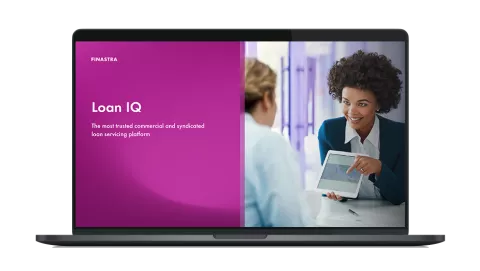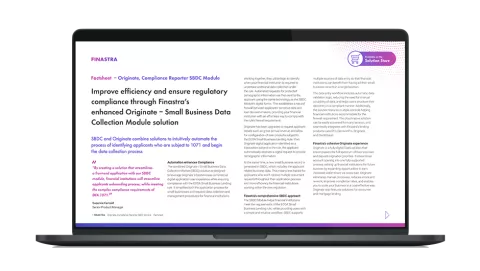Embracing the revenue-generating opportunities of a modern payment hub
Financial institutions increasingly adopt payment hubs to navigate the disruption of how payments will be processed in the future. According to a new report from Omdia, over 58% of banks plan to boost investment in payment hubs in 2024. The Omdia’s report emphasizes the essential payment hub architectural considerations for embracing emerging payment trends.

Default Finastra
The payments sector is evolving rapidly, financial institutions are increasingly embracing payment hubs to address the changing landscape through a centralized solution for end-to-end processing of multiple payment types rather than siloed engines.
Alongside the changes in business architecture, financial institutions are reviewing the technical architecture changes needed to deliver operational efficiency, agility, scalability and resilience. By adopting a modern payment hub solution, leveraging cloud technologies, DevOps practices, and open APIs, banks can embrace the new world of payments, drive innovation, and focus on service excellence.
Download the full report to understand the urgency behind payments modernization initiatives and why banks risk losing their competitive edge, or even ability to operate in an increasingly regulated landscape, if modernization plans are delayed further. Learn from real implementation examples and discover how financial institutions can approach the payment modernization journey, including identifying the right vendor partner, and the key factors that can help them establish a foundation for sustained growth and future innovation.
The Omdia report identifies a number of key attributes of a modernized payment hub:
- Microservices and APIs to provide access to fine grained services, delivering agility and supporting composable banking models
- Use of cloud-native technologies for a responsive, scalable, fault-tolerant solution
- DevOps approach emphasizing collaboration, automation, and continuous improvement throughout the software development lifecycle
- Cloud deployment by default – including SaaS options
- Use of ML and Gen AI to deliver data insights and increased observability and system monitoring capabilities
- Pre-configured, best practice payment workflows and business rules minimizing the need for code changes


